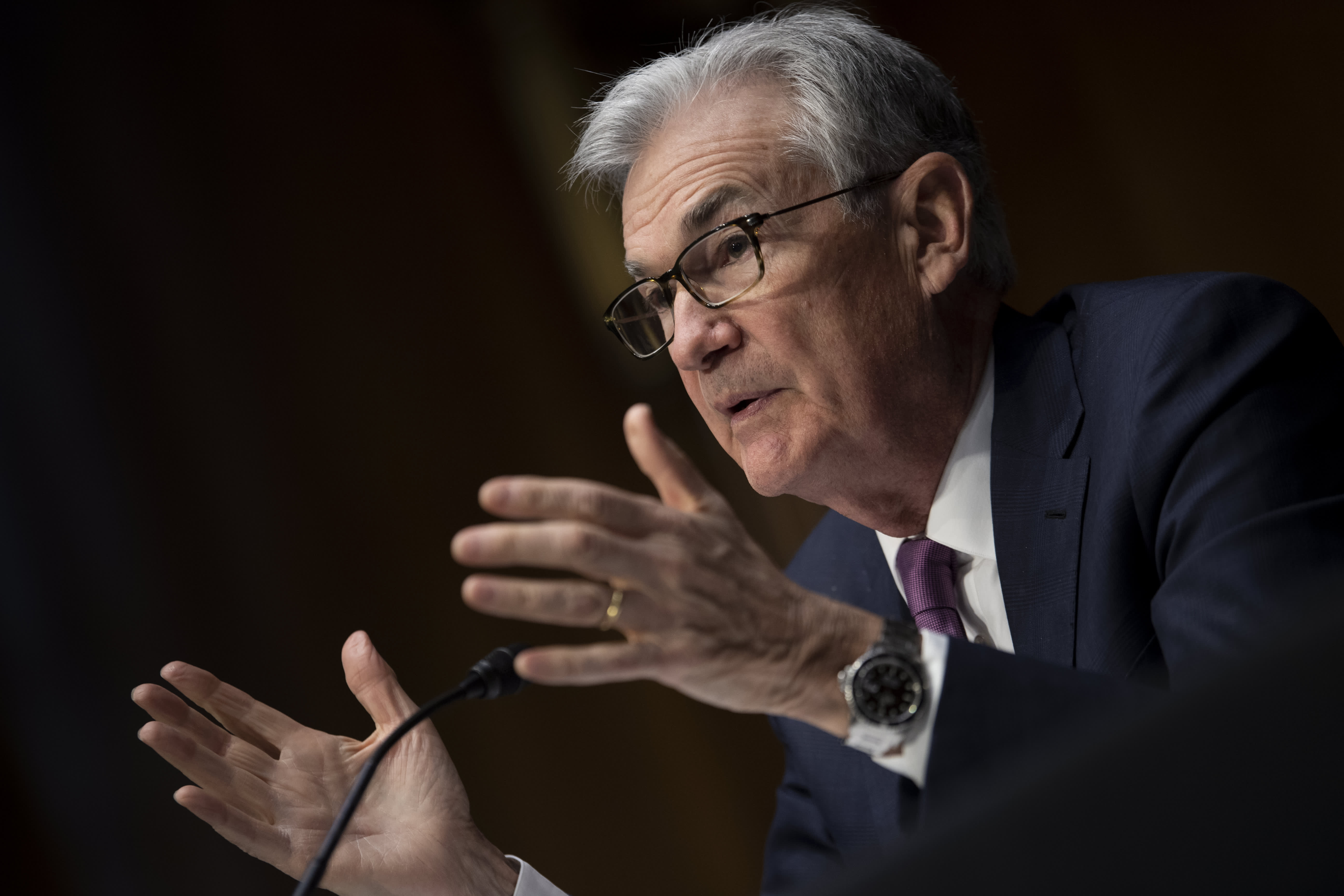The Federal Reserve on Thursday released its long-awaited study of a digital dollar, exploring the pros and cons of the much-debated issue and soliciting public comment.
Billed as “the first step in a public discussion between the Federal Reserve and stakeholders about central bank digital currencies,” the 40-page paper shies away from any conclusions about a central bank digital currency. The report originally was expected in the summer of 2021, but had been delayed.
Instead, it provides an exhaustive look at benefits such as speeding up the electronic payments system at a time when financial transactions around the world already are highly digitized. Some of the downside issues the report discusses are financial stability risks and privacy protection while guarding against fraud and other illegal issues.
“A CBDC could fundamentally change the structure of the U.S. financial system, altering the roles and responsibilities of the private sector and the central bank,” the report states.
Fed Chairman Jerome Powell has been largely non-committal in his public comments on the CBDC. The concept’s biggest advocate is Fed Governor Lael Brainard, who has been nominated to be vice chair of the policymaking Federal Open Market Committee.
Several other Fed officials have voiced skepticism over the digital dollar, saying that the benefits are not obvious.
One primary difference between the Fed’s dollar and other digital transactions is that current digital money is a liability of commercial banks, whereas the CBDC would be a Fed liability. Among other things, that would mean the Fed wouldn’t pay interest on money stored with it, though because it is riskless some depositors may prefer to keep their money with the central bank.
The paper lists a checklist of 22 different items for which it is soliciting public feedback. There will be a 120-day comment period. Fed officials say the the report is the first step in an extensive process but there is no timetable on when it will be wrapped up.
“We look forward to engaging with the public, elected representatives, and a broad range of stakeholders as we examine the positives and negatives of a central bank digital currency in the United States,” Powell said in a statement.
The paper released Thursday notes that the Fed’s “initial analysis suggests that a potential U.S. CBDC, if one were created, would best serve the needs of the United States by being privacy-protected, intermediated, widely transferable, and identity-verified.”
Report ‘takes no position’
However, the report also states that it “is not intended to advance a specific policy outcome and takes no position on the ultimate desirability of” the digital dollar.
Some of the most noted benefits are the speed of a Fed-controlled system in the case of, say, a need such as the beginning of the Covid pandemic to get stimulus payments to people quickly. Providing financial services to the unbanked also has been cited as an asset.
However, the Fed already is in the midst of developing what it touts as a “round-the-clock payment and settlement service” called Fed Now that is expected to come online in 2023.
Advocates of the digital dollar, though, worry that the Fed’s delay in implementing a central bank currency will put it behind global competitors, specifically China, which already has moved forward with its own product. There have been suggestions that China’s lead in the space ultimately could threaten the U.S. dollar hegemony as the world’s reserve currency.
However, Powell and other Fed officials say they are unconcerned with the speed of the project, stressing the need to get it right.
“The introduction of a CBDC would represent a highly significant innovation in American money,” the report states. “Accordingly, broad consultation with the general public and key stakeholders is essential. This paper is the first step in such a conversation.”
The Fed also stated that it will not proceed without a clear mandate from Congress, preferably in the form of “a specific authorizing law.”
